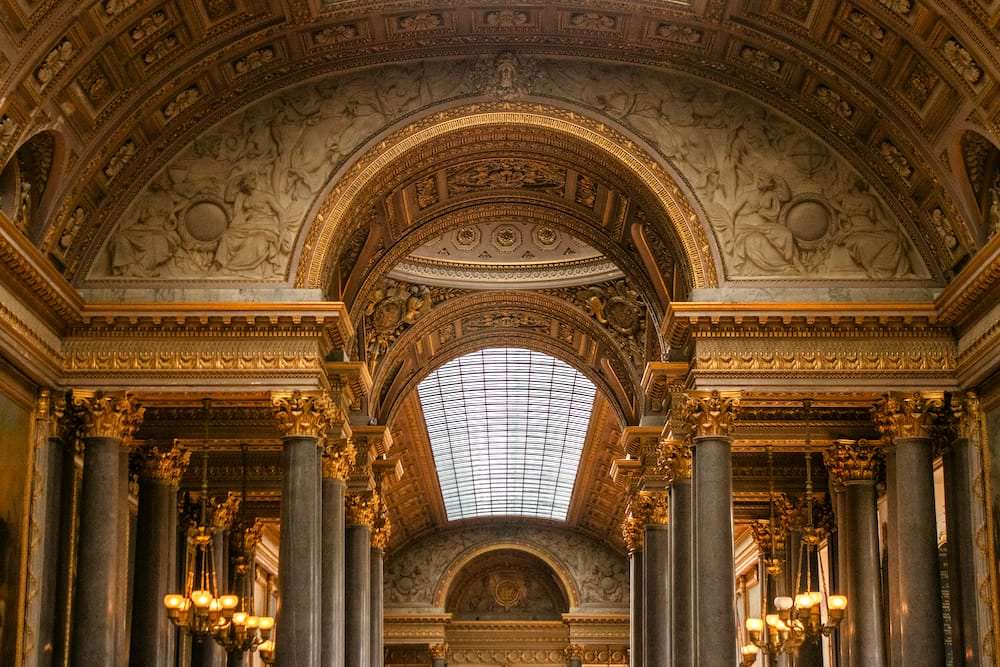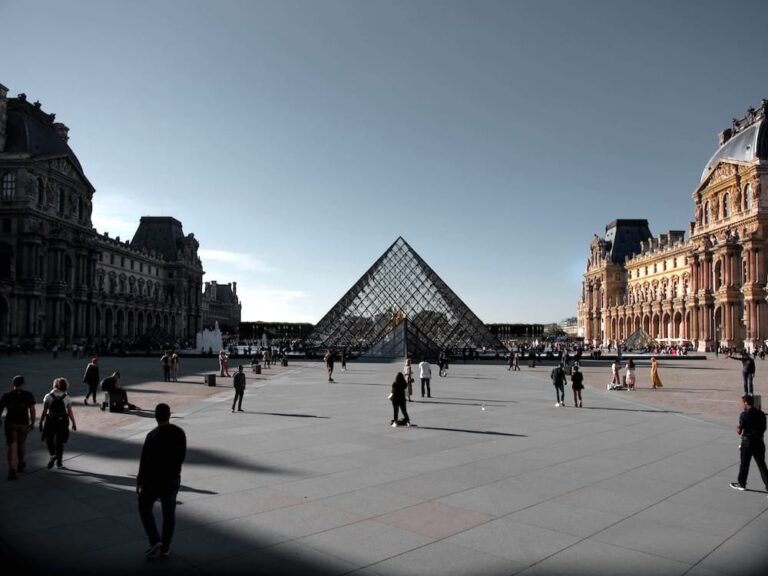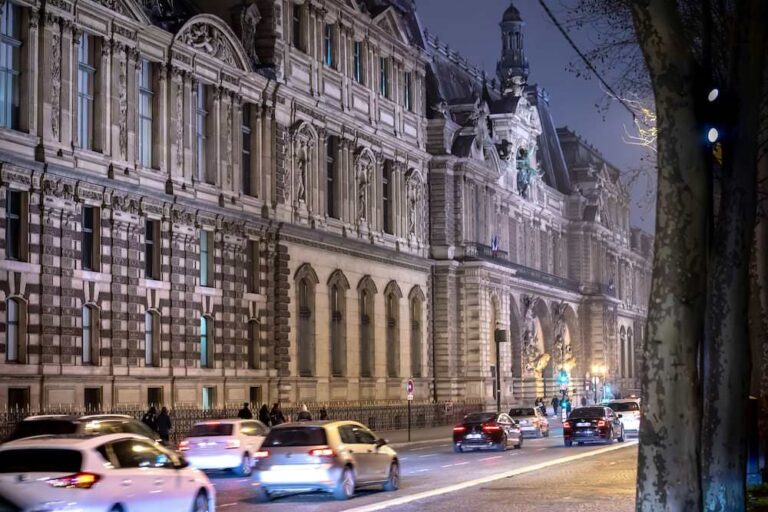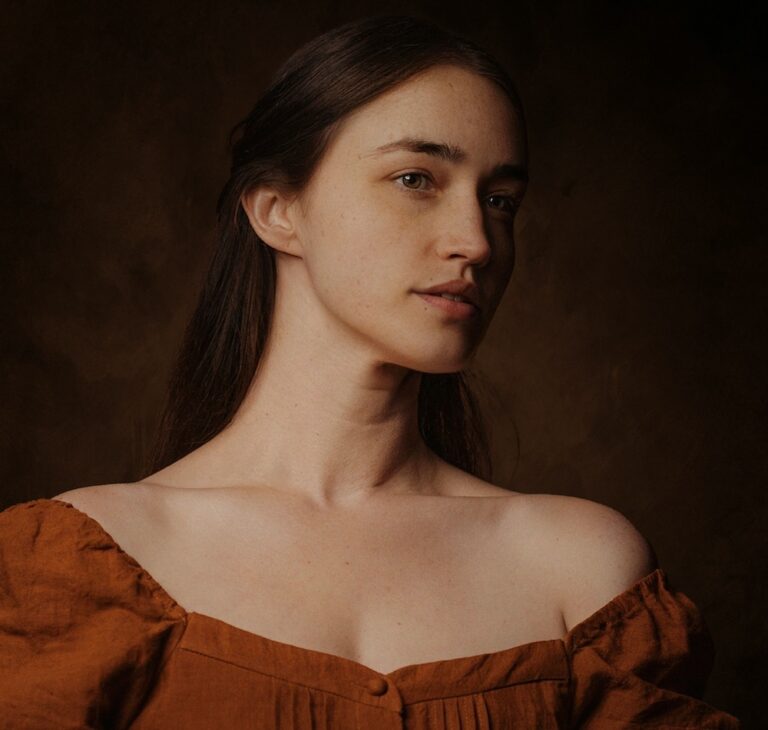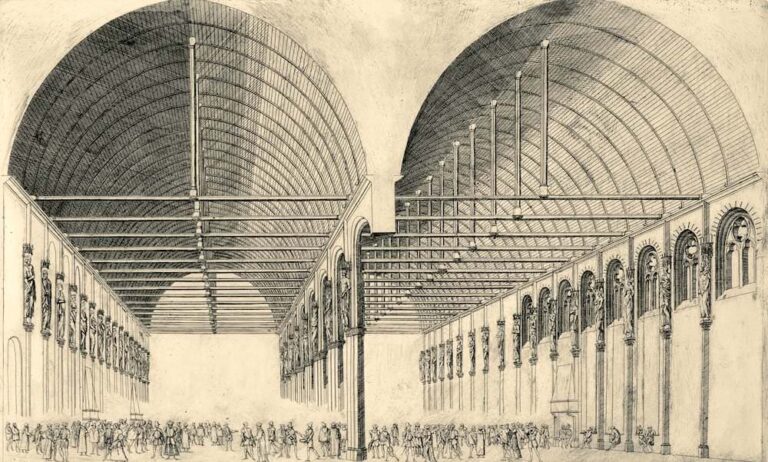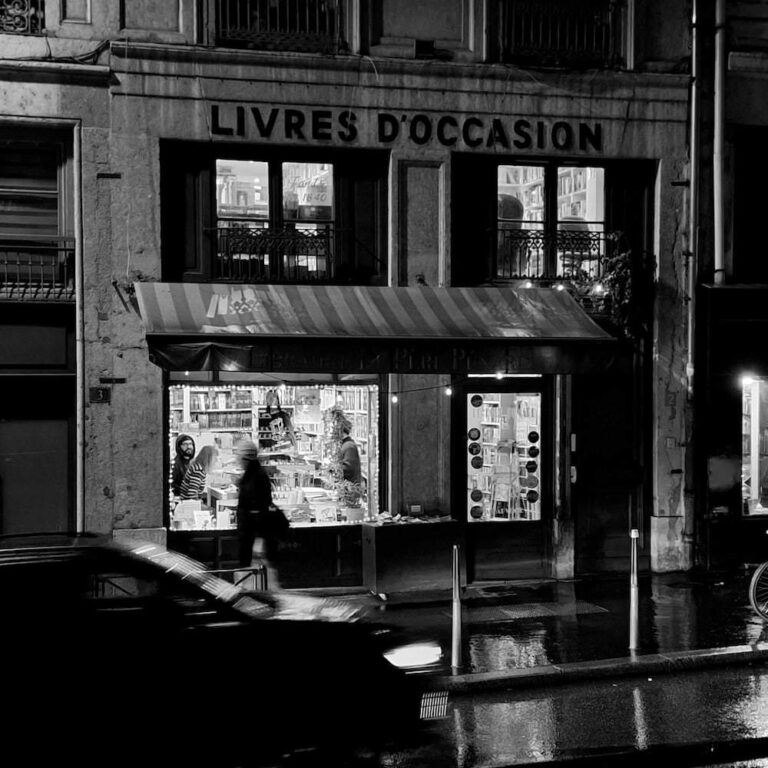adjective position
In French, most adjectives come after the noun they describe. But some common adjectives come before the noun. How do you know which is which?
A good way to remember is with the BAGS rule.
🔤 Most Adjectives Come After the Noun
In French, the normal position of an adjective is after the noun.
Examples:
- un livre intéressant — an interesting book
- une maison bleue — a blue house
- un homme sympathique — a nice man
These adjectives (interesting, blue, nice) are not BAGS adjectives, so they go after the noun.
📘 The BAGS Rule: Adjectives That Come Before the Noun
Some adjectives come before the noun. These usually describe:
- Beauty
- Age
- Goodness
- Size
That’s why we call them BAGS adjectives.
🟦 Beauty:
- beau (beautiful, handsome)
- joli (pretty)
Example:
un beau jardin — a beautiful garden
une jolie robe — a pretty dress
🟧 Age:
- jeune (young)
- vieux / vieille (old)
- nouveau / nouvelle (new)
Example:
un jeune garçon — a young boy
une vieille dame — an old lady
🟩 Goodness:
- bon / bonne (good)
- mauvais (bad)
- gentil / gentille (kind)
Example:
un bon repas — a good meal
une mauvaise idée — a bad idea
🟨 Size:
- grand / grande (big, tall)
- petit / petite (small, short)
- gros / grosse (fat, large)
- long / longue (long)
Example:
un petit chien — a small dog
une grande maison — a big house
un gros chat — a fat cat
une longue histoire — a long story
Note
The BAGS rule is a rough rule, not a perfect one. For example, the adjectives for ugly (eg laid, vilain and moche) do not come before the noun, even though the words for good and bad (bon and mauvais) do. And the adjectives “ancien” (meaning “ancient”) or “neuf” (meaning “brand new”) go after the noun, not before, unlike jeune, vieux and nouveau. But BAGS is a useful rough guide to adjective position.
✅ Summary:
| Comes Before the noun | Comes After the noun |
|---|---|
| BAGS adjectives (beauty, age, goodness, size) | All other adjectives |
| Example: un vieux livre | Example: un livre intéressant |
